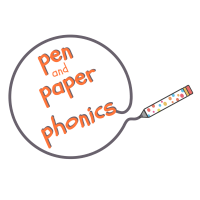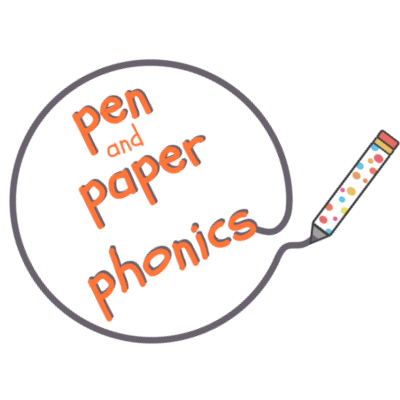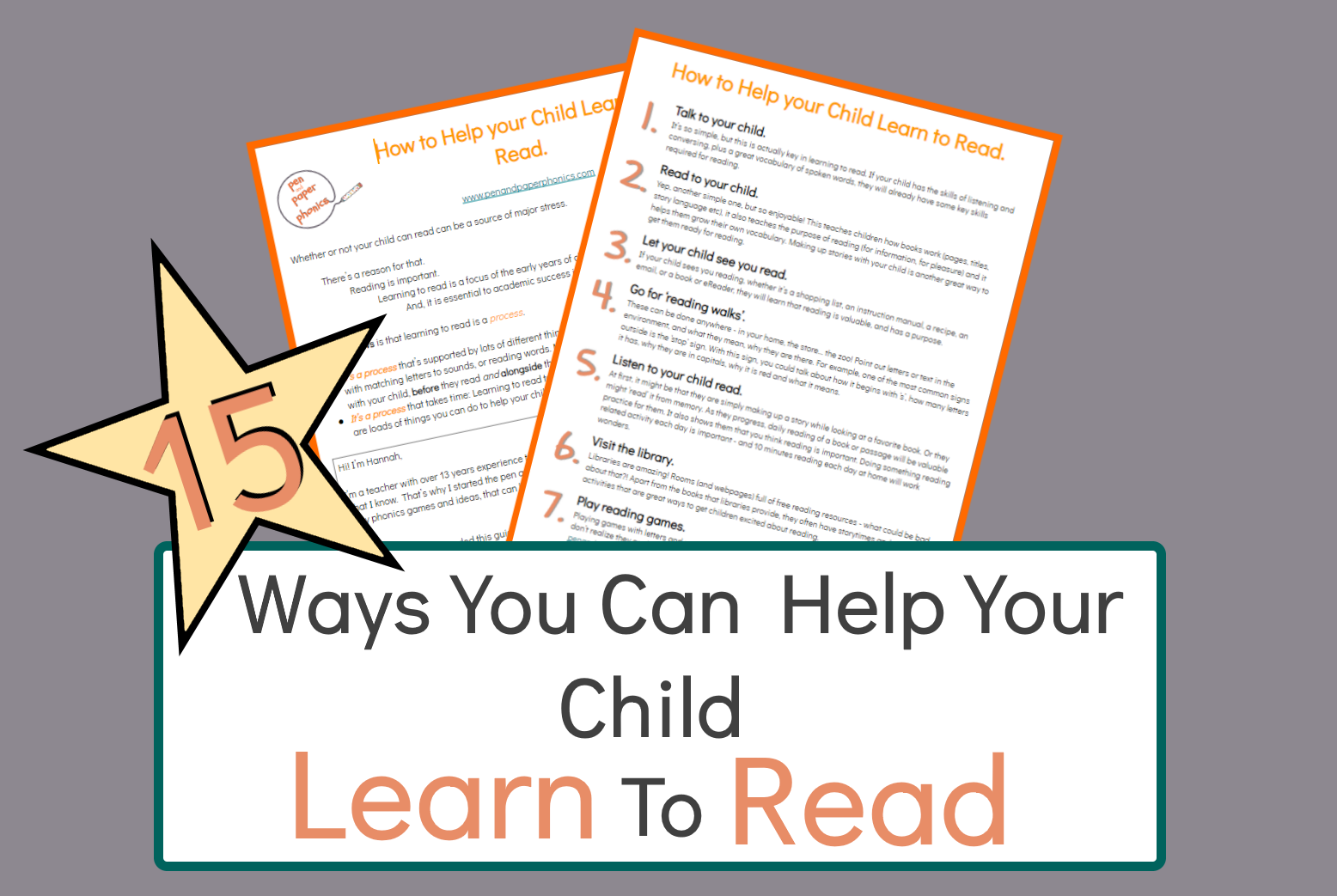The Basic Idea:
- A rectangular piece of paper or card with two slits in it, and a longer piece of paper that fits within the slits.
- The rectangular piece of paper will have part of a word that does not change written on it. The longer piece of paper has different sounds on it, to change the beginning of the word.
An example:

The content of the game.
In this example, the content I wanted to practice was three letter, rhyming words.
This is because when children are learning to sound out words, two and three letter words are best. If these words rhyme, then it is makes it easier to sound them out, as the end sounds do not change, so the rhyme helps to give the word ‘away’.
Rhyming activities are good in general as knowing what words rhyme and being able to continue a rhyming pattern is a really important phonics skill.
When I did this activity with a student,
- I wrote the ending sounds on the main rectangular card.
- Then I wrote beginning sounds on the sliding piece of paper.
- I threaded the slider through the card and made sure it could move up and down.
The method of the game.
The method I used to teach the content was the slider:
- This is how to do the activity:
- My student read the ending sound ‘-at’ to ensure they knew what would always be coming at the end.
- Then I slid the slider up and they read each word, by sounding out all letters and reading the word.
- Towards the end of the slide, the student was gaining confidence and so was sounding out ‘p-at’ rather than ‘p-a-t’. This is great, as it shows confidence as well as an awareness of the pattern.
- After we had done this slider for a while, we made different sliders with endings such as ‘-ip’, ‘-ut’ etc and my student helped with writing the letters.
To Note:
Not every game goes to plan! Here are some things to watch out for in this game:
- This is a gentle reinforcement activity. There is not a lot that can go wrong, except when I did it at first I made the slider a bit big so it was difficult to move it smoothly. But this is solved by cutting a strip off.
- If you want to turn it into a game, you could assign points each word, so the more they read, the more points they get.
How to Adapt:
…the content:
1. Consonant Clusters: Consonant clusters are groups of consonants (mostly two or three letters) that appear at the beginning and end of words, for example ‘fl’ in flag. You could either put the cluster at the beginning of the slider, and so the words rhyme, although you have to choose your words carefully (Picture 1). Or you could put the cluster on the card, and change the ending (Picture 2).

2. Similar Letters: For this activity, use letters that are similar, such as p/d/b, or u/n, or i/j. This will help your child really concentrate on the differences in orientation between these letters. This is a good game for going fast, so you could quickly move the slider up and down so that your child is reading them at speed (if they are ready for it).

3. Letter sounds: If your child is just learning to recognize letter sounds, you could make a slider with some of the letters to reinforce their learning. 
4. Two-letter sounds: You could use two-letter sounds, or digraphs. These are sounds that are made with two letters, even though they only make one sound. For example, /th/ in ‘that’.

5. Tricky words: In order to get practice in reading tricky words that cannot be sounded out, you could leave the card blank and just write tricky words on the slider. The activity can be repeated, quicker each time, so that they are practicing reading at speed, which will help reinforce the words.

6. Upper case, lower case match: This one takes a bit more preparation, but it is still relatively easy. You need four slits in the card so two sliders can go through. Write upper case letters on one slider, and lower case letters on the other. Write them in different orders on each slider.

7. Syllables: Syllables are really helpful when trying to read longer words. There are common syllables such as ‘-est’ in biggest. If a child recognizes common syllables, they don’t have to sound them out when they come across them in a word, which makes it easier and quicker to read the word. So, in this activity you would write the common syllables you want to practice on the slider.

8. Different spellings, same sound: This activity would be good to reinforce where the different spellings for the same sound often appear in words. For example, /ai/ and in train, is often in the middle of words but /ay/ as in day, makes the same sound, but is spelled differently, and is often at the end of words. Again, this one requires a bit more preparation.


How to Adapt…the method:
- Make it into a game: make sure you have six sounds on the slider and number each one. Roll a dice and move the slider to that number to read the word.
There you have it. A quick and easy phonics activity with lots of potential to adapt it to suit your needs.
This is how it looked when I did it in ‘real life’!

Previous Activities in Pen and Paper Phonics:


